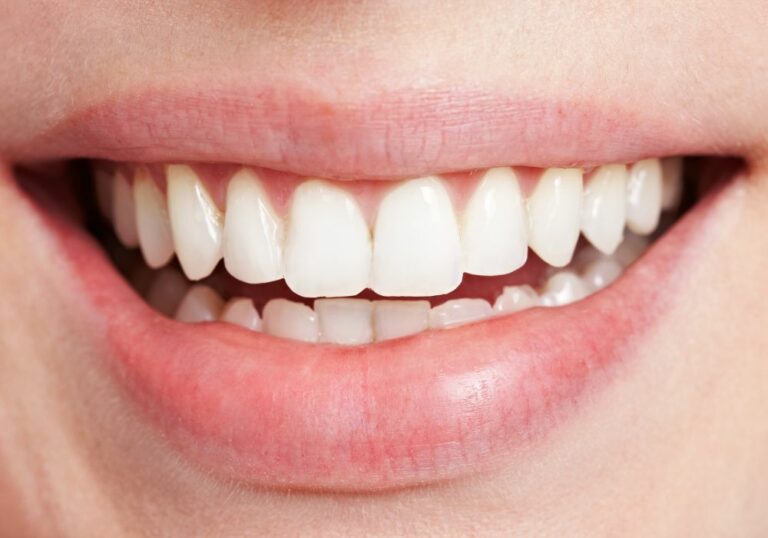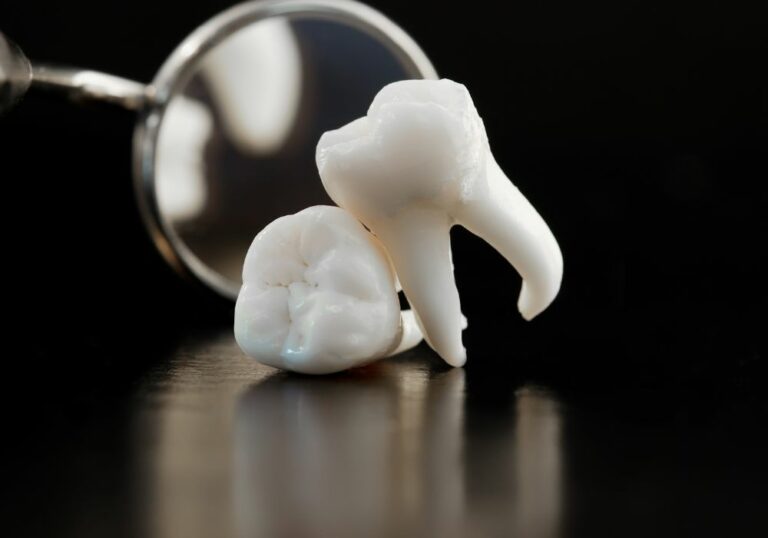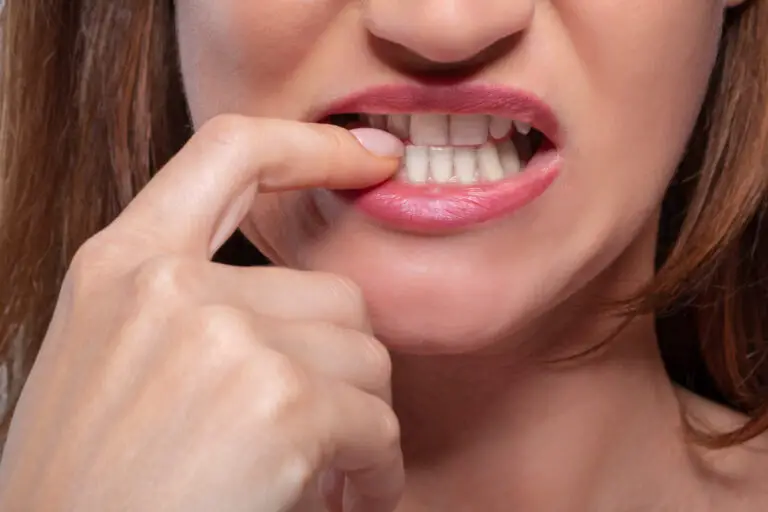Having teeth of varying lengths is an incredibly common occurrence that most people will experience at some point. You may have noticed it yourself when looking in the mirror and seeing some teeth appear much shorter and more recessed than others. Teeth lengths can vary quite drastically between different individuals based on a number of different factors.
The development, eruption, and eventual positioning of our teeth in the jaw is a complex process, so it’s no surprise that teeth frequently end up slightly uneven in their visible length. Aside from natural variations during growth, tooth lengths can also change over time from dental problems like decay or gum disease. Restorative treatments and orthodontics can also play a role in altering visible tooth size.
This article will examine the various reasons why some teeth often appear noticeably shorter than others. We’ll look at how genetics, problems like decay and gum disease, orthodontics, and dental treatments can all influence tooth length. You’ll also learn about the potential issues very uneven teeth can cause and what cosmetic and restorative solutions are available to correct shortened teeth from your dentist.
How Teeth Develop and Erupt
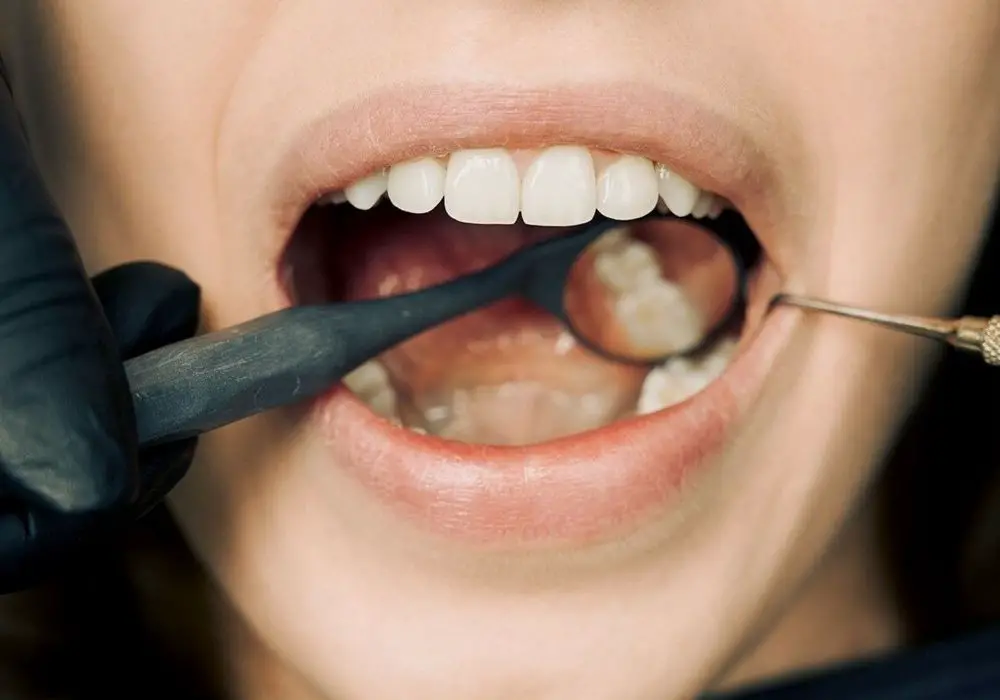
The eventual lengths of our permanent teeth are largely determined long before they erupt through the gums in our mouths. During childhood development in the womb and as a baby, the teeth form under the gums from groups of cells. The first step is the growth of a tooth “germ” followed by further differentiation into various layers that will become dental tissues like enamel, dentin and cementum.
During this stage the eventual shape and size of the crown forms as the enamel layer is produced by ameloblasts. Genetic instructions drive this development, controlling factors like the thickness of enamel and eventual tooth proportions. Any disruptions or variations at this early stage can lead to slight differences in tooth size within an individual.
Once crowns have fully formed, the process of eruption through the gums begins, usually starting around age 6. Powerful cellular forces in the dental follicles surrounding unerupted teeth start moving them upward. As this happens, surrounding bone is absorbed by osteoclasts to create a pathway and space for the incoming tooth.
This eruption process relies heavily on a finely balanced force system to position teeth properly in the jaws. The varied timing of different teeth emerging combined with differences in rates of bone growth and remodeling in the upper and lower jaws means eruptions don’t always go exactly to plan. Teeth may shift from their original position slightly, affecting how much of their crown ends up protruding visibly beyond the gum line.
Genetics and Tooth Size
One of the most common reasons behind short teeth is basic genetic inheritance and natural variation in tooth sizes. Subtle differences in crown length and thickness are very common between same-type teeth, and these characteristics are often inherited from parents.
For example, laterally positioned incisors are frequently smaller than central incisors, appearing slightly shorter in the arch. Exact tooth dimensions are polygenetic traits influenced by multiple genes during development. Variations passed down through family lines will often be reflected in your own tooth sizes.
Other genetic dental traits like smaller jaws can also contribute to crowding and uneven eruption that leaves some teeth more recessed and shortened. Overall though, genetics isn’t the only factor at play. Environmental influences and dental problems through life combine with your inherited tooth characteristics to produce your final tooth lengths.
Effects of Tooth Decay and Restorations
Tooth decay is one of the prime reasons teeth may become visibly shorter later in life. The acidic byproducts of cavity-causing bacteria dissolve through enamel and cause lesions. As decay spreads into dentin, it can destroy significant tooth structure from the crown. Over time, extensive decay leads to fracturing and actual loss of cusps or even entire cusps.
Likewise, restorative treatments for tooth decay like fillings, inlays and onlays also remove some healthy tooth structure. This is necessary to fully remove decay and place the restorative material. However, it means some original crown length is sacrificed to repair the tooth.
Back teeth are most prone to decay since their biting surfaces have lots of pits, grooves and fissures where plaque bacteria colonize. Front teeth develop fewer cavities but are still at risk around resin restoration margins and areas prone to root decay. Shortened front teeth typically come more from enamel erosion than decay.
Continuing decay under restorations that are not perfectly sealed will rapidly progress, destroying more tooth structure and crown height. Similarly, fractured and chipped restorations also lead to additional loss of tooth length over time. Therefore, teeth requiring the most extensive decay repairs often appear the shortest.
Effects of Periodontal Disease
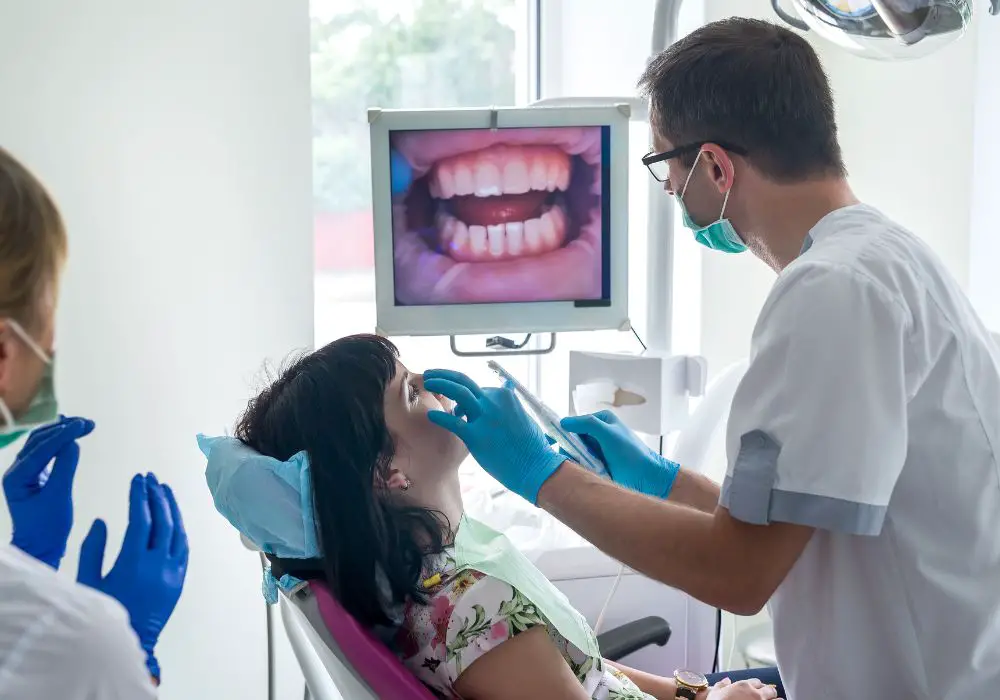
After tooth decay, periodontal or gum disease is the other major factor leading to shortened teeth appearance. Gum disease comes in several progressive stages, with each leading to more destruction of the tissues anchoring teeth in the jaw.
It starts as gingivitis triggered by a buildup of plaque bacteria on teeth. This causes inflammation, redness, swelling, and bleeding of the gums. As it worsens into more severe periodontitis, pathologic pocketing occurs as collagen fibers holding the gums tight to tooth surfaces are broken down.
Destructive enzymes and bacteria erode gum tissue, the periodontal ligament, and the supporting jawbone in these pockets. As bone levels decrease around tooth roots, the gum line recedes downward towards the roots. This reveals more of the tooth root while covering up some of the crown, essentially shortening the visible tooth length.
Periodontal disease damage is cumulative over time, so gum line heights become more uneven between teeth depending on localized severity. The bone loss also leads to increased mobility and gradual loosening of severely affected teeth.
Impact of Orthodontic Treatment
It may seem contradictory, but orthodontic treatment to straighten teeth can sometimes cause a shortening appearance of front teeth. As crooked or protrusive teeth are repositioned with braces, aligners or other methods, the front incisors and canines in particular may get pushed back into the jawbone restricting their visible length.
This occurs because orthodontic forces often tip teeth backwards into the jaw to close gaps or overjets. If more force is applied through the braces to incisors versus other teeth, they can end up recessed and shortened. The decreased crown visibility is temporary while wearing braces but may remain if adequate forward movement doesn’t happen afterwards.
Other inadvertent effects of orthodontics like root resorption – where root structure is dissolved from inflammatory responses to forces – can also contribute to a minor shortening effect on teeth over long-term treatment.
Problems Caused by Shortened Teeth
Variations in tooth length are normal, but when teeth become excessively shortened it can lead to problems:
- Altered bite function – Having extremely short back teeth disrupts the working bite surfaces and chewing motion of the jaws.
- Occlusal instability – Missing cusps and reduced crown height alters force transmission through teeth and may lead to cracking or mobility.
- Food packing – Food debris readily gets packed into new pits and defects in shortened teeth, increasing decay risk.
- Tooth sensitivity – Exposed dentin in very worn or eroded teeth causes severe temperature and pressure sensitivity.
- Aesthetics and smile – Short teeth appear out of alignment and create dark gaps, reducing smile attractiveness.
- Gum recession – Short front teeth from excessive gum recession impacts gum health and aesthetics.
- Speech difficulties – Tongue positioning for linguo-dental sounds like “S” is affected by altered incisor position from shortening. Lisping or slurring can occur.
- TMJ problems – Uneven tooth wear may lead to imbalance in bite forces and contribute to temporomandibular joint dysfunction or pain.
Treatment Options for Short Teeth

If you are unhappy with the look of unevenly short teeth, there are several cosmetic and functional restorative treatments your dentist can provide:
Dental bonding – Tooth-colored composite material can be molded and bonded onto teeth to reshape uneven edges or build up small defects.
Porcelain veneers – These thin porcelain facings extend front tooth length and mask uneven sizes. Veneers provide dramatic, rapid improvements in tooth appearance.
Crowns – All-encompassing crown restorations are used on badly damaged or worn teeth to restore form and function. They provide full coverage of uneven underlying tooth structure.
Inlays and onlays – Indirect composite or porcelain restorations fit into the biting surface of back teeth to rebuild lost tooth structure and correct shortening from decay or chipping.
Implants – Dental implants can replace single missing teeth which may have uneven neighboring teeth over time due to gap closure. This prevents further shortening.
Gum and bone grafting – Grafts reinforce gum tissue and regrow bone to protect roots and restore gum lines altered by recession. This reduces the shortened appearance from exposed roots.
Orthodontic extrusion – Braces can be used short-term to slowly pull very short teeth forward into alignment with others. This increases their visible crown length.
Tooth whitening – Removing stains evens out coloring between short teeth and others. Whitening makes length differences less noticeable.
In many cases, a combination of cosmetic treatments like veneers and whitening produces the best improvements in smile aesthetics and tooth length appearance. However, the underlying causes still need to be addressed as well through good oral hygiene, diet, and regular dental visits for decay prevention and gum disease control.
Maintaining Tooth Length
While some natural variation in tooth lengths is inevitable and genetic traits can’t be changed, you can help preserve your natural tooth structure and minimize excessive shortening. Practicing excellent oral hygiene, eating a tooth-friendly diet, and getting regular dental checkups and care helps enormously.
Brushing and flossing thoroughly each day prevents buildup of decay-causing plaque on your teeth. This maintains the original length set by your tooth’s outer enamel layer. Avoiding frequent snacking on sugary or acidic foods also reduces the risk of decay which can quickly lead to tooth structure loss in susceptible individuals.
Seeing your dentist every 6 months allows quick intervention for emerging problems before they destroy significant tooth structure. Early cavities and cracked fillings can be repaired with minimal tooth removal. Custom fluoride trays and oral antibiotics may be prescribed to control more aggressive decay. The dentist can also monitor any noteworthy changes in your visible tooth lengths at appointments.
For those with severe gum disease risks, deep cleanings to disrupt biofilm bacteria may be needed more than twice annually. Ongoing periodontal maintenance therapy every 3-4 months can halt disease progression before additional gum and bone loss occurs leading to increased tooth shortening. With diligent oral care and regular dental treatment, you can maintain the natural length of your teeth for decades to come.
Conclusion
In closing, variances in the length of your teeth are very common occurrences attributed to a number of different factors. Genetics play a large role, but dental diseases, treatments, and positioning changes can also influence tooth length over your lifetime. This commonly leaves some teeth appearing markedly shorter than others which can have cosmetic and functional consequences.
Thankfully there are a variety of solutions available nowadays to correct very uneven tooth lengths and restore your smile. Talking to your dentist is the first step in determining the suitable options to improve the visible length of short teeth for better aesthetics and oral health. With good daily and professional care, you can preserve your natural tooth structure and avoid excessive shortening over time.

